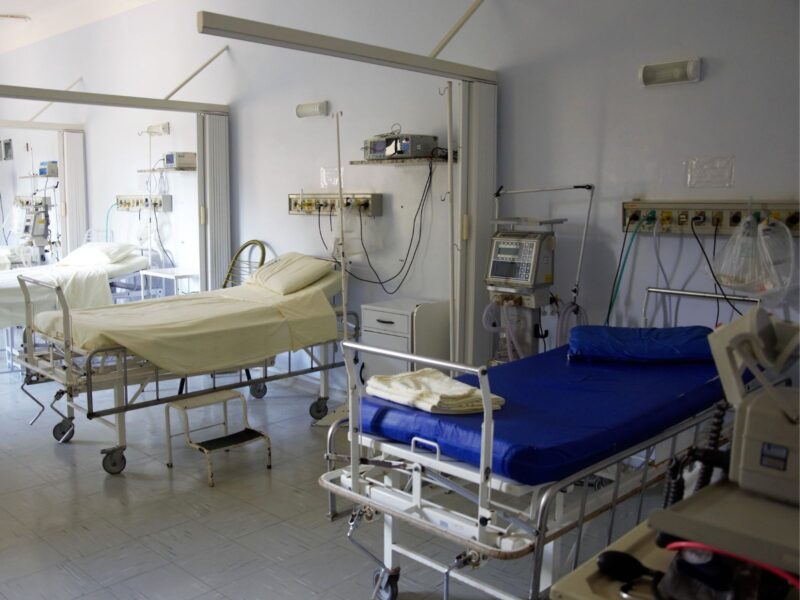Hospitalization as a Reachable Moment for Patients with Opioid Use Disorder
Implications for Care Delivery and Policy
This article originally appeared on the University of Pennsylvania Leonard Davis Institute Health Policy$ense blog with further details on policy considerations.

Imagine a medication that reduces morbidity and mortality from a disease that affects more than two million people in the United States. The medication drastically improves quality of life for those who take it and reduces costs to the health care system. For hospitalized patients, this medication decreases the chance of being readmitted and of dying after discharge. This medication can be picked up from a pharmacy and taken at home, and generic versions are available. Why then, is this medication notoriously difficult to access?
Perhaps it is because this medication is buprenorphine, which does not cure cancer or prevent Alzheimer’s disease, but instead makes living with opioid use disorder (OUD)—a chronic, often-relapsing disease—feasible. While buprenorphine has been around for nearly two decades, a variety of systemic and societal factors largely rooted in stigma make it inaccessible, especially for people of color and those living in rural areas. While a variety of efforts are needed to address the opioid overdose crisis, one promising strategy is to leverage hospitalization to initiate patients on buprenorphine.
A Reachable Moment
Why consider hospitalization a “reachable moment”? Patients with OUD are often hospitalized for extended periods of time due to discharge challenges (e.g., skilled nursing facilities may not accept patients with substance use disorders) or severe morbidity (e.g., recovering from cardiac surgery for endocarditis). Our team recently conducted a systematic review of hospital-based interventions for patients with OUD. Many interventions used interdisciplinary or multidisciplinary teams that variously included peers with lived experience, social workers, registered nurses, psychiatrists, and internal medicine as well as addiction medicine physicians. As expected, interventions generally focused on linkage to medication for OUD like buprenorphine or methadone during hospitalization and connection to post-discharge OUD care. Results were mixed regarding the impact of existing interventions on outcomes such as improving rates of in-hospital initiation of and post-discharge connection to medication for OUD and decreasing rates of health care utilization and discharge against medical advice. Interventions with the best evidence for improving outcomes facilitated connection to post-discharge OUD care and employed an Addiction Medicine Consult service. The review highlights the need for OUD-related interventions for hospitalized patients with OUD, though existing interventions may need to be adapted or refined to ensure that they are equitably improving meaningful outcomes.
The paper, Interventions for hospitalized medical and surgical patients with opioid use disorder: A systematic review, was published in Substance Abuse on July 21, 2021. Authors include Rachel French, Shoshana Aronowitz, J. Margo Brooks Carthon, Heath D. Schmidt and Peggy Compton.